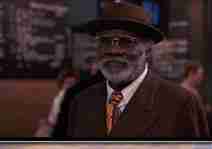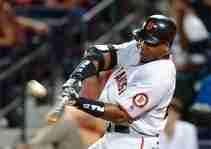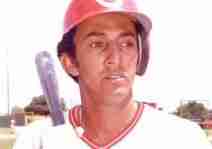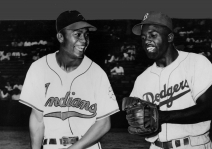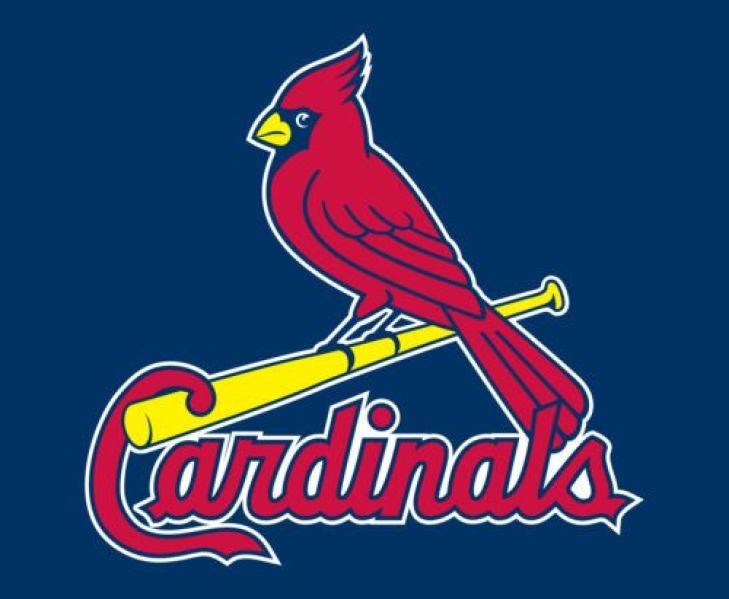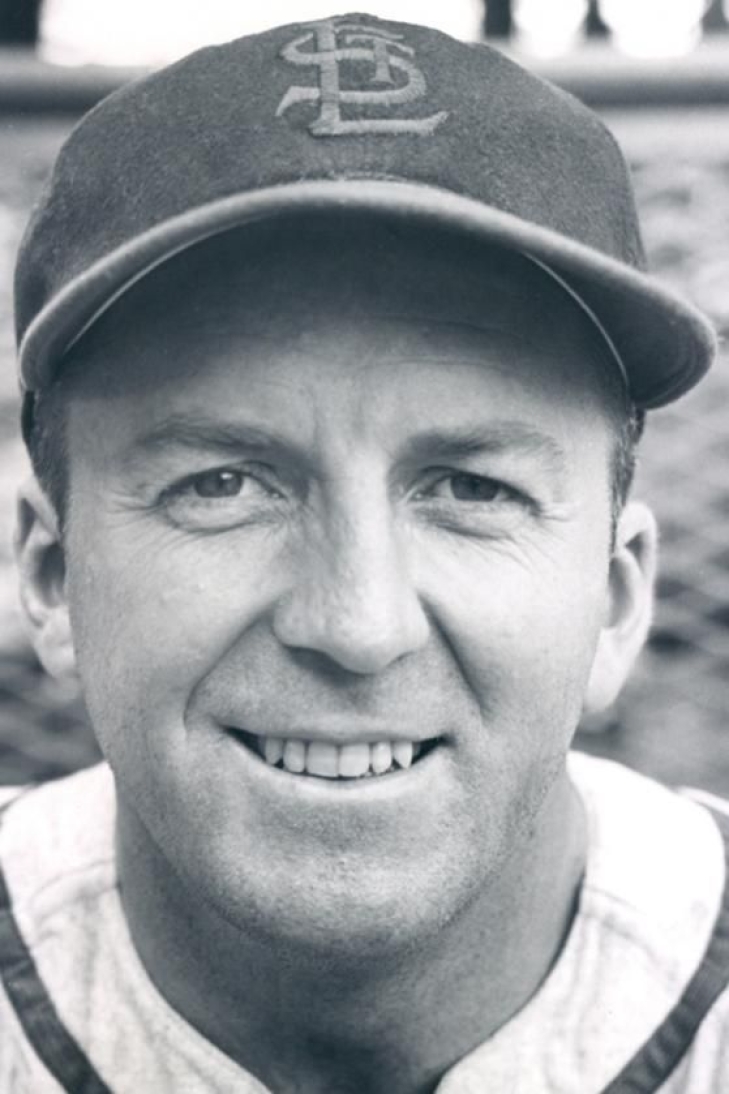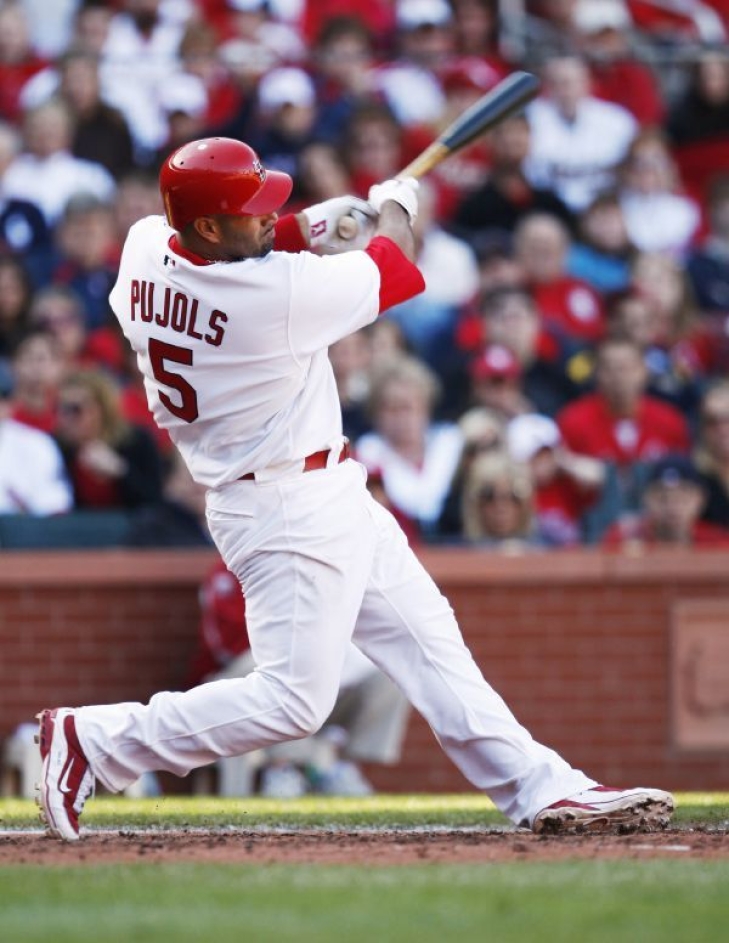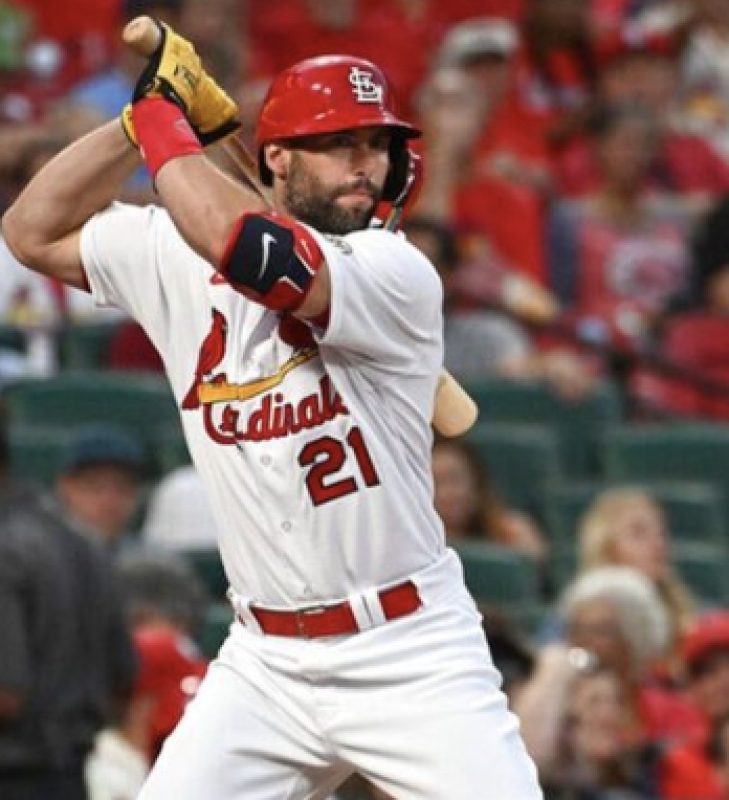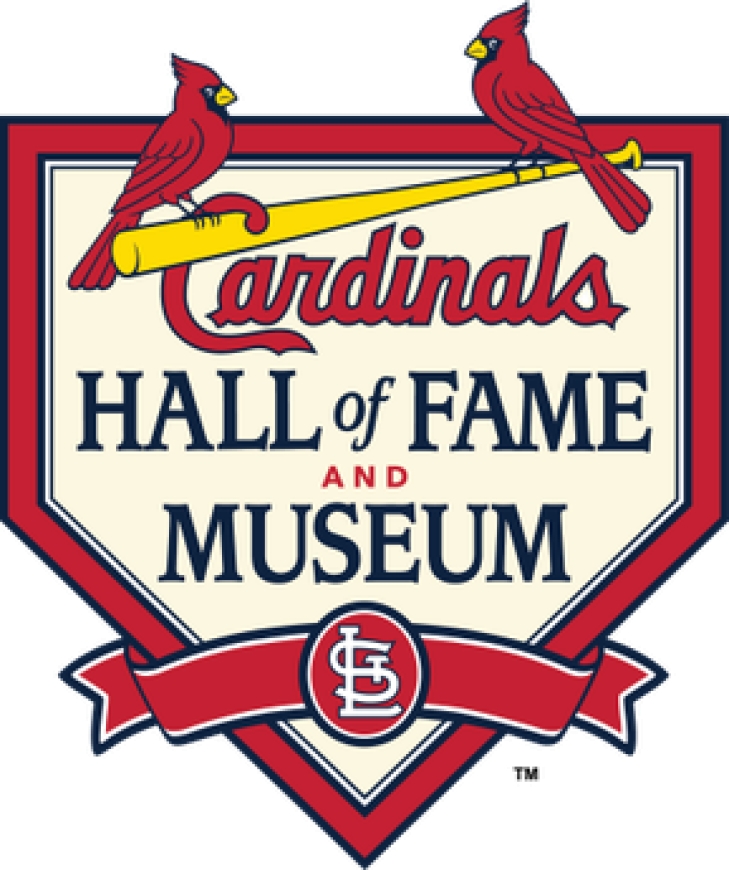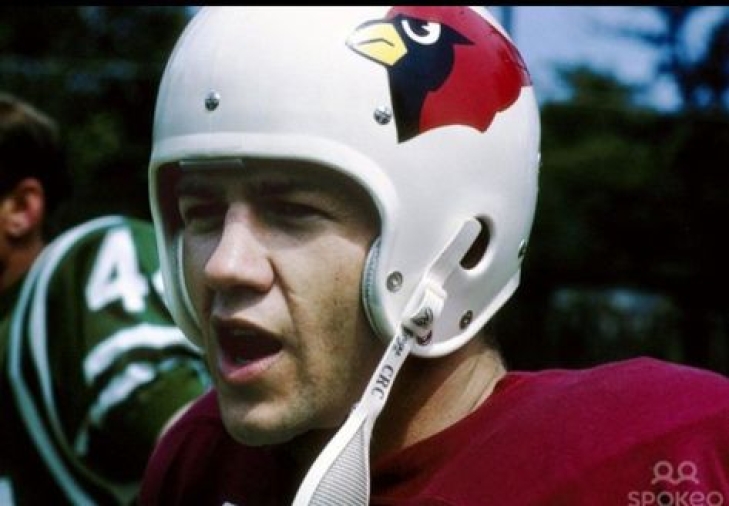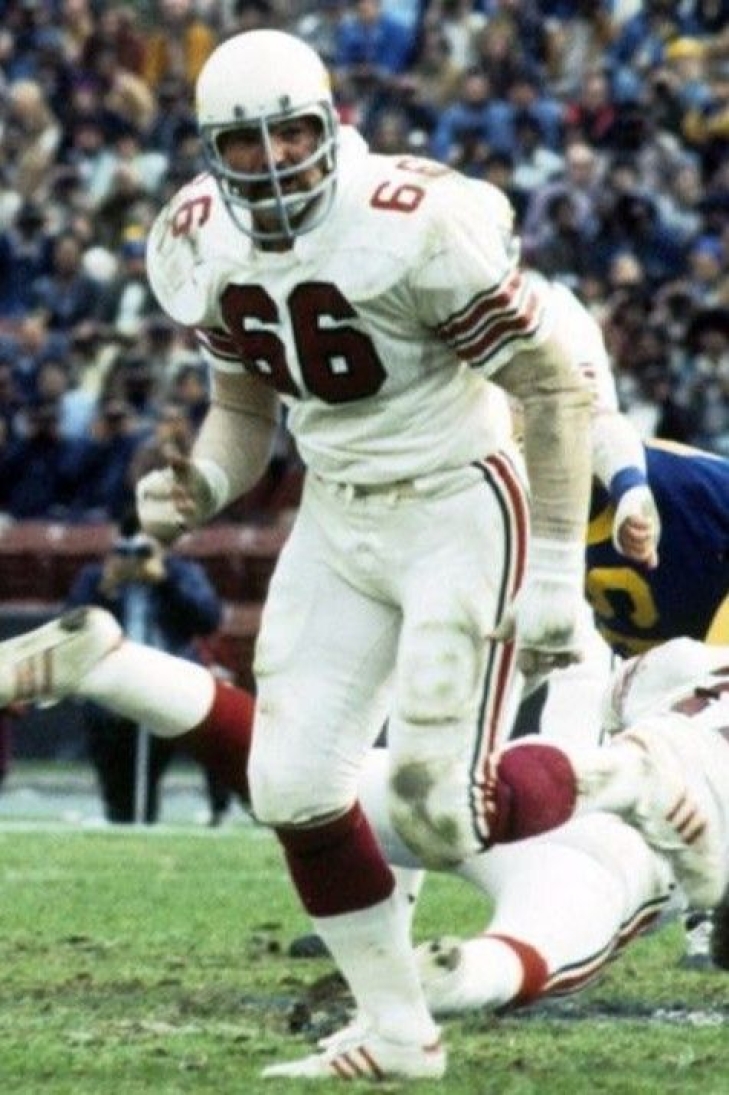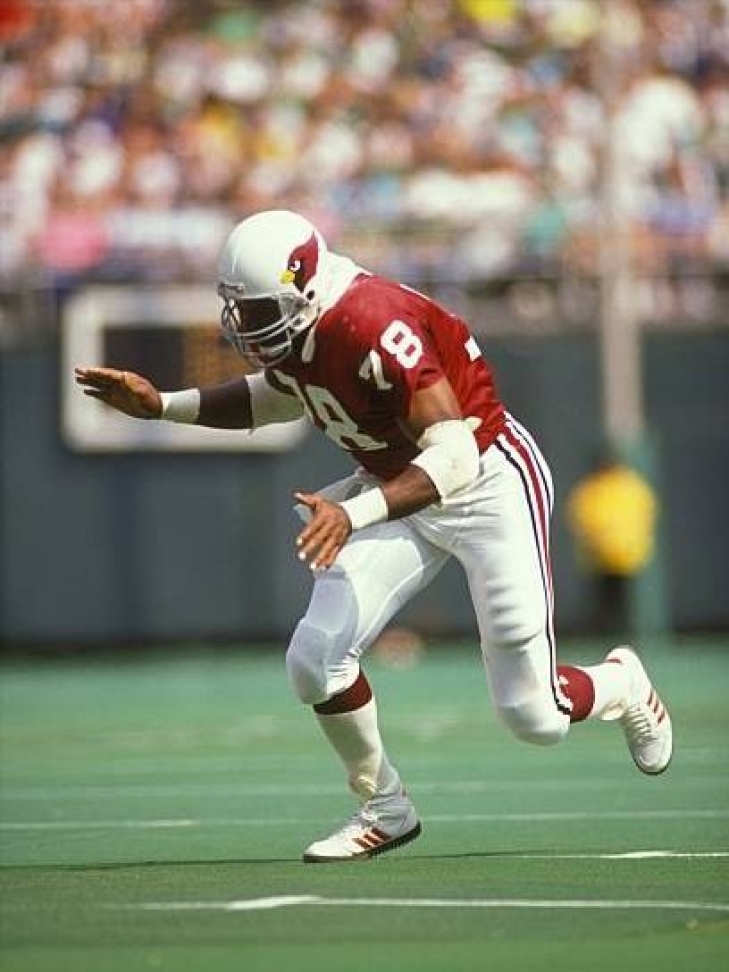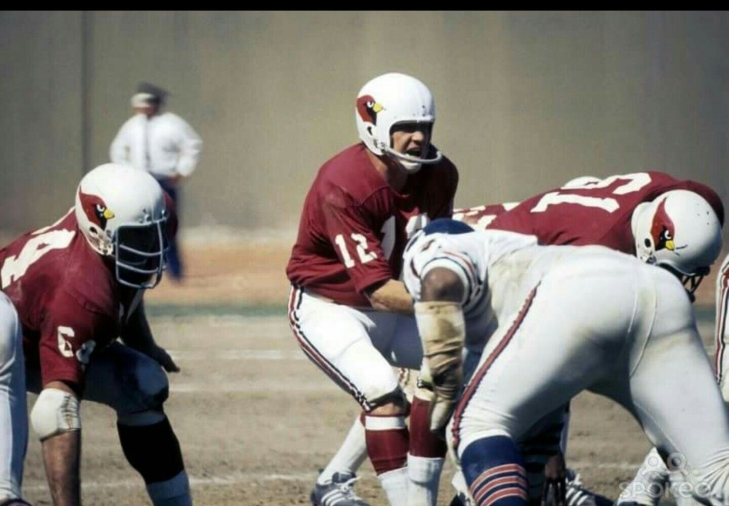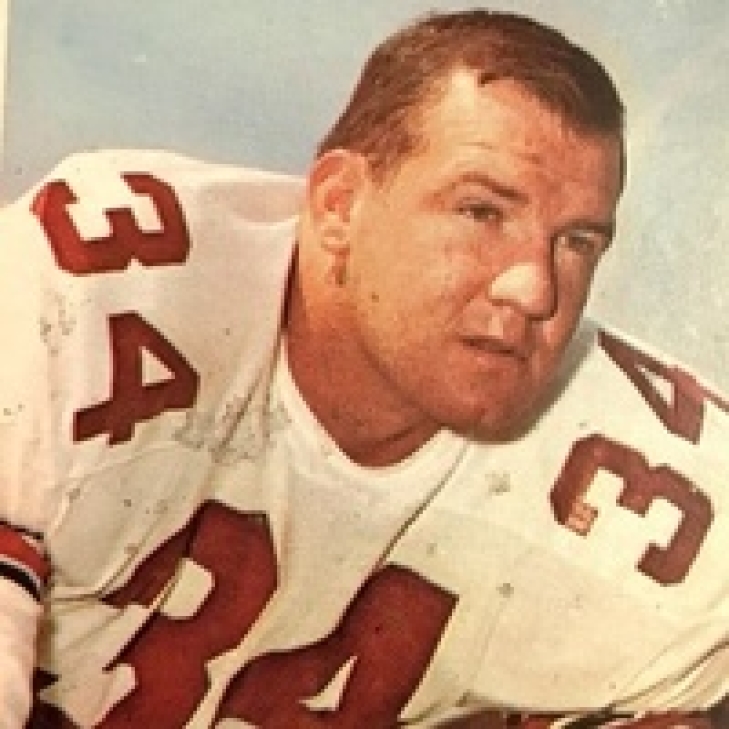Warning: Attempt to read property "params" on null in /home/notinhal/public_html/plugins/k2/k2canonical/k2canonical.php on line 382
Our All Time Top 50 St. Louis Cardinals have been revised to reflect the 2024 Season
Yes, we know that this is taking a while!
As many of you know, we at Notinhalloffame.com are slowly generating the top 50 of each major North American sports team. That being said, we have existing Top 50 lists and consistently look to update them when necessary and based on necessity. As such, we are delighted to present our post-2024 revision of our top 50 St. Louis Cardinals.
As for all of our top 50 players in baseball, we look at the following:
1. Advanced Statistics.
2. Traditional statistics and how they finished in the National League.
3. Playoff accomplishments.
4. Their overall impact on the team and other intangibles that are not reflected in a stat sheet.
Please note that our algorithm has changed, which yielded minor changes throughout the baseball lists.
Last year, the Cardinals won 83 Games, but did not make the playoffs. The rebuilding squad saw minimal movement in the top 50, and the only new entrant was based on the new algorithm.
As always, we present our top five, which saw no changes
1. Stan Musial
2. Albert Pujols
3. Rogers Hornsby
4. Bob Gibson
5. Ozzie Smith
You can find the entire list here.
The only new addition was Ripper Collins, who as discussed above, enters via the new system.
We thank you for your continued support of our lists on Notinhalloffame.com.
48. Terry Moore
A Cardinal for the entirety of his playing career, Terry Moore was a n excellent defensive Outfielder, who likely would have been a multi-time Gold Glove winner, had that been an accolade at the time.
Moore, who was named to four straight All-Stars (1939-42), was also a decent hitter with a lifetime Batting Average of .280 with 1,318 career Hits. He also helped the Cards win the World Series in 1942 and 1946.
RIP: Whitey Herzog
Baseball lost one of its great Managers today with the passing of Whitey Herzog. He was 92.
Herzog played in the Majors from 1956 to 1963 (Washington, Kansas City, Baltimore and Detroit) but achieved his best success as a Manager, with an overall record of 1,281 and 1,125.
His road to Cooperstown began as a scout and later coach for the Athletics, and he joined the Mets as their Third Base Coach in 1966 and then was their Director of Player Development, where he won a World Series ring in 1969. Herzog got his first chance to manage a Texas in 1972, however the club was atrocious, and he was fired before the end of the 1973 Season. He signed with the California Angels as their Third Base Coach, but that was brief as the Kansas City Royals gave him his second chance to run a team. Kansas City was more successful for Herzog, who won three consecutive Western Division Titles (1976-78).
Herzog then joined on to manage the St. Louis Cardinals through the 80s, and he maximized the speed and elite defence of the team to three National League Pennants (1982, 1985 & 1987) and a World Series Title in 1982.
Herzog was inducted into the Baseball Hall of Fame in 2010 and is also a member of the Kansas City Royals and St. Louis Cardinals Halls of Fame. His number 24 was also retired by the Cards.
We here at Notinhalloffame.com would like to extend our condolences to the fans, friends and family of Whitey Herzog.
Yadier Molina
Yadier Molina is considered one of the best defensive catchers in baseball history. He played his entire career for the St. Louis Cardinals, from 2004 to 2022, and was one of the most successful catchers in the National League.
Molina became the Cardinals' starting catcher in 2005, after debuting the year before. However, he really broke out in 2008, with his first season batting over .300. At this point, he was already a World Series Champion (2006). Molina went on a streak of seven consecutive All-Star appearances from 2009, all of which were Gold Glove-winning. Although he was never a great power hitter (he hit 176 home runs, with only two years of at least 20), he had five seasons batting over .300 and a lifetime batting average of .277. His overall play was respected enough that he finished fourth in MVP voting in 2012 (the year after he anchored the Cardinals to another World Series win), with an .874 OPS and 7.2 bWAR. He finished third in the same voting the year after, with an .836 OPS and 6.2 bWAR. Molina won the Silver Slugger that year, his only one.
Molina retired as the all-time leader among catchers in putouts (15,122) and second in Total Zone Runs (163), and is 14th among all players in Defensive bWAR (28.0), second only to Ivan Rodriguez among catchers. He won nine Gold Gloves, four Platinum Gloves, and two Wilson Defensive Player Awards in his career.
While Molina's overall offensive statistics (2,168 hits, 176 home runs, 1,022 RBIs) might fall short for the Baseball Hall of Fame, his leadership, All-Star appearances, defense, and association with one team could put him over the top.
Albert Pujols
Albert Pujols was a dominant player in Major League Baseball during the 2000s, and many believe that if there was an MVP award for the decade, he would have won it. Pujols made his debut for the St. Louis Cardinals in 2001, and quickly established himself as a superstar. He won the Rookie of the Year award and finished fourth in the MVP voting in his first season. Over the next decade, he won the MVP award three times (2005, 2008, and 2009) and was the runner-up four times. He never finished lower than ninth in the voting while playing for the Cardinals.
Pujols was an outstanding hitter who could do it all at the plate. He won the Silver Slugger award six times, hit at least 32 home runs every season in St. Louis, won two home run titles, and collected at least 100 RBIs in every season except for 2011. Pujols batted over .300 in his first ten seasons, won the batting title in 2003, drew substantial walks, and had an OPS of over 1.000 eight times. From 2005 to 2010, he led the National League in bWAR every year.
Not only did Pujols win a lot of games for the Cardinals, but he also helped them win two World Series titles (in 2006 and 2011). He led them to the playoffs in eight of his eleven years there. When he became a free agent in 2011, his only rival in Redbird history was Stan Musial. Pujols left the Cardinals for the Los Angeles Angels, signing a massive contract, but saw diminishing returns every year, and his contract became a burden on the team. He was designated for assignment in 2021, signed with the Dodgers, and returned to St. Louis for one last year.
At the time of his retirement, Pujols was second in runs batted in (2,218), fourth in home runs (703), 10th all-time in hits (3,384), and 20th in bWAR (101.8). The only question left for Albert Pujols is whether he will be unanimously elected to the Baseball Hall of Fame or not.
Our All-Time Top 50 St. Louis Cardinals Have Been Revised to Reflect the 2023 Season
Yes, we know that this is taking a while!
As many of you know, we here at Notinhalloffame.com are slowly generating the top 50 of each major North American sports team. That being said, we have existing Top 50 lists out, and we always consistently look to update them when we can and based on necessity. As such, we are very happy to present our post-2023 revision of our top 50 St. Louis Cardinals.
As for all of our top 50 players in baseball, we look at the following:
1. Advanced Statistics.
2. Traditional statistics and how they finished in Major League Baseball.
3. Playoff accomplishments.
4. Their overall impact on the team and other intangibles that are not reflected in a stat sheet.
Last year, St. Louis had a very disappointing season, and were nowhere close to the playoffs. Regardless, there was one new entrant and one change.
As always, we present our top five, which saw no changes:
1. Stan Musial
4. Bob Gibson
5. Ozzie Smith
You can find the entire list here.
Adam Wainwright reached 200 Wins last year, but bluntly, he was not very good. He had an ERA near 8 and a bWAR of -2.0. As such, he dropped a spot, going from #10 to #11.
The only new entrant was Paul Goldschmidt. The 2022 National League MVP debuts at #46.
We thank you for your continued support of our lists on Notinhalloffame.com.
41. Paul Goldschmidt
Paul Goldschmidt was a six-time All-Star, won four Silver Sluggers, and three Gold Gloves while playing for the Arizona Diamondbacks. He was also a two-time runner-up for the National League MVP award. However, when his contract was up, Arizona's management knew he was unlikely to re-sign with the team. Therefore, after the 2018 season, they traded Goldschmidt to the St. Louis Cardinals, where he signed a long-term contract.
In his first season with the Cardinals, Goldschmidt hit 34 home runs with an OPS of .821. Despite the COVID-shortened 2020 season, he managed to maintain a high level of performance with an OPS of .833. Goldschmidt continued his impressive run in 2021, finishing sixth in the MVP voting with 31 home runs, 99 RBI, and an OPS of .879. However, the Cardinals were hoping for an even better performance from him.
In 2022, Goldschmidt finally won the MVP award he had been chasing for so long. He hit 35 home runs, with 115 RBIs, and boasted a Slash Line of .317/.404/.578. Goldschmidt led the league in Slugging, OPS (.981), and OPS+ (177). He also won the Silver Slugger and added another All-Star selection to his first All-MLB 1 Selection.
However, in 2023, Goldschmidt had a pedestrian season with 25 HR and an .810 OPS. For the first time since 2014, he did not receive an MVP vote, and he declined further in 2024, with only 22 Home Runs and a sub-2 bWAR. Goldschmidt left afterward for the New York Yankees as a Free Agent, but his time in St. Louis was fruitful with that MVP, 153 Home Runs and 874 Hits.
The St. Louis Cardinals Hall of Fame name their four nominees
The St. Louis Cardinals have announced the four Finalists for their franchise Hall of Fame, and the former Cardinal who receives the most fan votes will gain induction. That winner will be joined by a veteran player chosen by the special Red Ribbon Panel, and a selection by the Cardinals organization.
You can vote at cardinals.com/HOF, which will be open until April 26.
The nominees are:
Steve Carlton, Pitcher, 1965-71. Carlton helped St. Louis win the 1967 World Series, and had a record of 76-62 with a 3.10 ERA and 951 Strikeouts. He later would win another World Series with the Philadelphia Phillies ad became a multi-time Cy Young Winner.
George Hendrick, Outfield, 1978-84. Hendrick delivered the game-winning RBI in Game 7 of the World Series to win it all for the Redbirds in 1982, and he was twice an All-Star and one-time Silver Slugger for the club.
Matt Morris, Pitcher, 1997-05. Morris had a record of 101-62 with a 3.61 ERA and 986 Strikeouts. He was a two-time All-Star with the Cardinals, and finished third in Cy Young voting in 2001.
Edgar Renteria, Shortstop, 1999-04. Renteria was a three-time All-Star with St. Louis where he collected 973 Hits, three Silver Sluggers and two Gold Gloves.
We here at Notinhalloffame.com would like to congratulate the four candidates who have made it this far.
49. Pat Fischer
As good as Pat Fischer was at Nebraska, he stood at only 5' 9" and fell all the way to the 17th Round (232nd Overall) in the 1961 Draft. Fischer was barely expected to make the team, let alone win a starting job, but once he did, he would become one of the most seasoned Cornerbacks in NFL history.
Fischer saw more time as a Returner as a rookie, but by his third season, he was a full-time starter at Left Cornerback, pioneering the bump and run coverage and picking eight interceptions in 1963. Fischer had a career-best 10 Interceptions the season after, returning two for Touchdowns. The voters named him a First Team All-Pro, the first and only time that would happen in his career. Fischer would add a second Pro Bowl in 1965, but he was targeted far less after his explosive 1964 campaign, thus seeing his Interceptions drop.
Fischer signed with the Redskins after the 1967 Season and achieved far greater fame. Twenty-nine of his 57 Interceptions were as a Cardinal, though he is best remembered as a Redskin.
50. John David Crow
John David Crow won the 1957 Heisman Trophy, becoming the first player from Texas A&M to win the accolade. The legendary Bear Bryant often referred to Crow as one of the best players he ever had, and that type of hype will propel a player to the number two pick of the Draft, which the Cardinals had and used on the Halfback. Crow was hurt for part of his 1958 rookie season but was able to showcase all his skills in his second year, winning Pro Bowl honors and producing 994 Yards From Scrimmage, though the stat line could never fully encapsulate Crow.
Crow could rush, catch, pass, block, and return, and he could fit in any team's scheme. His best season was his third (1961) and the Cardinal's first in St. Louis, where he rushed for a career-high 1,071 Yards and led the NFL in YFS with 1,533. A second Pro Bowl came to Crow, who was also named a Second Team All-Pro.
Crow could not capitalize on that extraordinary year, as his physical play led to multiple injuries. He only played eight Games in 1961 and was largely ineffective, though a healthier Crow landed his third Pro Bowl on a 17-touchdown Year in 1962. Crow was held to three Games in 1963 and only had 554 Rushing Yards in 1964, and he would leave for San Francisco the following season.
Crow had an even 50 Touchdowns with 5,450 Yards From Scrimmage with the Cardinals.
48. Conrad Dobler
There was a time when Sports Illustrated mattered, and in one of their weekly publications, they named Conrad Dobler "Pro Football's Dirtiest Player."
Dobler was more infamous than he was good, but that should not take away from his skills as an Offensive Guard. A Pro Bowler three years in a row from 1975 to 1977, the vicious Lineman was a Second Team All-Pro in 1977. The Cardinals were not great when Dobler played there, but his tenacity and anger were factored into their opponent's game plans.
47. Bob Reynolds
In Bob Reynolds, we have another forgotten player from the 1960s, who was one of the best Offensive Lineman in Bowling Green history.
Taken in the Second Round in 1963, Reynolds became the starting Left Tackle for St. Louis in his second year. While the Cardinals struggled in the '60s, Reynolds did not, impressing enough to go to the Pro Bowl three times (1966, 1968 & 1969). He left for the Patriots in 1972, though he returned to St. Louis for one Game in 1973 and retired after the season.
Reynolds started 105 of his 122 Games with the Cards.
45. Irv Goode
Irv Goode was a beast at the University of Kentucky, which led to his high selection by the St. Louis Cardinals, who nabbed him 12th Overall in 1961. Goode accomplished a rare feat as a rookie, earning Rookie of the Year votes (4th), and though St. Louis was not impressive in the 1960s, the versatile lineman (he played at Left Tackle, Left Guard, and Center) won Pro Bowl honors in both 1964 and 1967.
He would later win a Super Bowl in a reserve capacity with the Miami Dolphins at SB VIII.
44. Freddie Joe Nunn
A First Round Pick from Mississippi, Freddie Joe Nunn seemed to bounce from Defensive End to Linebacker depending on the need in his first nine years in the NFL as a Cardinal.
A really good player but never was named a Pro Bowler or All-Pro, Nunn was at his best as a pass rusher, as shown by his 14-Sack year in 1988, the first year of the Cards' relocation to the desert. Had Nunn received a more defined and consistent role with the Cardinals and not endured legal issues (he was arrested multiple times), his profile in Cardinal history would be more significant. It also did not help that the St. Louis/Phoenix were hardly world-beaters when he played there. After nine seasons, Nunn departed for the Colts, where he played three years to close out his career.
Following Nunn's departure, he had the franchise record 66.5 Sacks, a record that stood until it was broken by Chandler Jones in 2021.
43. Charley Johnson
The first man to win back-to-back Sun Bowl MVPs and have his number retired at New Mexico State, Charley Johnson was drafted late (10th Round) of the 1960 Draft, seeing limited action in his rookie year, but became the Cardinals starter in his second season.
Johnson may not have ever appeared in a playoff game, but in '63 and '64, he had nine wins each in 14-game Seasons and was one of the top QBs in the league. A Pro Bowl selection in 1963, Johnson led the NFL in Completions (223) and Passing Yards (3,045), though he also had 24 Interceptions against 21 Touchdown Passes that year.
Johnson remained St. Louis’s starting Quarterback until the emergence of Jim Hart in 1969, and he was traded to the Houston Oilers. Overall, with the Cardinals, Johnson compiled a TD-INT ratio of 108-110 and 14,928 Yards.
42. E.J. Junior
With the Fifth Overall Pick in the 1981 Draft, the St. Louis Cardinals selected E.J. Junior, who was the second Linebacker taken behind someone you may have heard of; Lawrence Taylor. Junior did not have Taylor’s career (who could?) but the Cardinals got a lot of good football from the eventual College Football Hall of Fame inductee.
Junior won the starting job during the season and, by the mid-80s, was one of the best interior Linebackers in the NFC. His best season was in 1984 when he was a First Team All-Pro and began a two-year run of Pro Bowls. From 183 to 1985, Junior had eight Interceptions and 19.0 Sacks, and though he tailed off afterward, he was still a solid NFL player.
He left the Cardinals behind in 1988, joining Miami as a Free Agent. The Cardinals were not significant in the 1980s, but this does not detract from Junior's work in St.Louis/Phoenix.
40. Bill Koman
Bill Koman arrived in Chicago after a trade from the Philadelphia Eagles, and it was as a Cardinal the Linebacker enjoyed his greatest success.
Koman’s first season was in 1959, and as the team relocated to St. Louis, Koman’s profile rose and became one of the team's top Linebackers. A Pro Bowler in 1962 and 1964, Koman was the team's most ferocious tackler and is arguably forgotten as he starred during the franchise's weak decade.
39. Terry Metcalf
Long Beach State does not produce many draft choices, let alone NFL Pro Bowlers, but Terry Metcalf would break those molds and become a brief star of the St. Louis Cardinals offense.
Metcalf joined the Cardinals as a Third Round Pick in 1973 and saw immediate action as a rusher and returner with just over 1,000 All-Purpose Yards. Metcalf would see more touches over the next four seasons, going to the Pro Bowl three times (1974, 1975 & 1977) and accumulating at least 1,000 Yards From Scrimmage years, along with establishing himself as one of the top returners in the NFL. In all of his Pro Bowl years, he broke 2,000 Yards in All-Purpose Yards, setting a then-record 2,462 APY in 1975, an astounding amount considering it was still a 14-game Season. Metcalf also received strong MVP consideration over this period, finishing second in 1974 and third in 1975.
In what could never be imagined today, Metcalf bolted for the Canadian Football League for the Toronto Argonauts, where he received the financial compensation he felt he deserved. With the Cardinals had 9,048 All-Purpose Yards, a significant number, but we also had to drop him a few spots as he was fumble-prone, twice having led the league in Fumbles.
37. Pat Tilley
Pat Tilley played his entire career with the St. Louis Cardinals, who drafted him in the Fourth Round from Louisiana Tech in 1976.
Tilley became a starting Wide Receiver in his third year, and he embarked on a four-year run of at least 900 Receiving Yards, peaking at 1,040 in 1981 and a Pro Bowl nod in 1980. While never a star, Tilley was a dependable second-tier WR over his career and compiled 7,005 Yards and 37 Touchdowns over 11 seasons.
36. Tim McDonald
Tim McDonald was an All-American at USC, where he continued the tradition of excellent Safeties the Trojans produced. The St. Louis Cardinals used their Second Round Pick in 1987 to get him, and it was as a Cardinal where he spent the first half of his career.
McDonald only played three Games as a rookie, but as the team relocated to Phoenix, he earned the starting Strong Safety job, which he held for five years. Leading the NFL in Forced Fumbles (4) in 1988, McDonald went to his first Pro Bowl, accruing career-highs in Tackles (155) and Interceptions (7). Opponents knew to stay away from McDonald afterward, thus reducing his tackling metrics, but he still made two more Pro Bowls (1991 & 1992) while running the secondary.
McDonald signed with the San Francisco 49ers in 1993, where he won a Super Bowl and went to three more Pro Bowls. He had half of his 40 Interceptions with the Cards.


